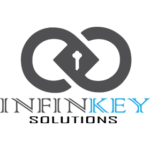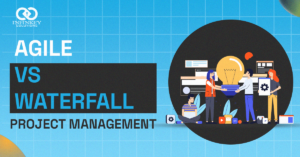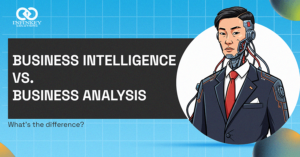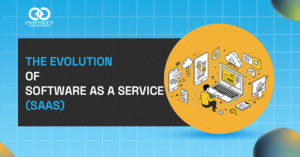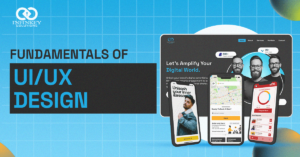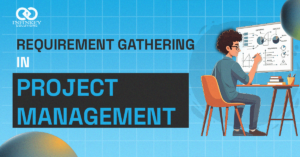Agile vs Waterfall Project Management
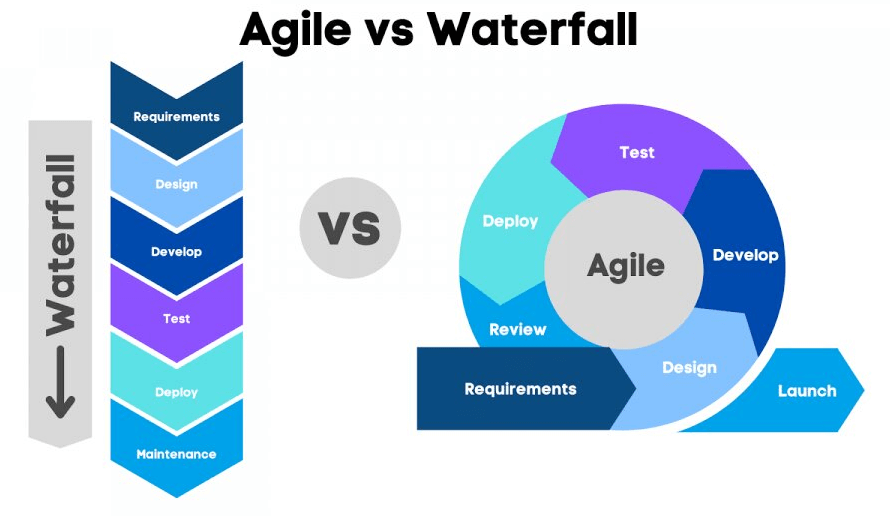
Agile and Waterfall are two well-known project management methodologies. Below are their key characteristics:
Agile Methodology:
Agile encourages the team to work simultaneously on different project phases, often with short-term deadlines, making it a much more fluid form of project management. Furthermore, Agile has expanded beyond development teams to encompass IT, marketing, business development, and more. This methodology employs an iterative approach to project delivery, focusing on continuous releases that incorporate customer feedback.

Example:
Imagine a software development team creating a mobile app. They work in short sprints, typically lasting two weeks. At the end of each sprint, they release a version of the app with new features based on user feedback. If users request changes or additional features, the team can quickly adapt and implement those changes in the next sprint, ensuring the app meets user needs effectively.
Pros:
- High flexibility allows for quick adjustments to changes and feedback.
- Frequent releases enhance customer satisfaction and product visibility.
- Continuous collaboration fosters better team communication and synergy.
- Early detection of issues leads to more efficient problem-solving.
- Focus on delivering value prioritizes essential features and functionalities.
Cons:
- Requires a cultural shift that may be challenging for some teams.
- Can lead to scope creep if not properly managed.
- Documentation may be less comprehensive, risking knowledge gaps.
Waterfall Methodology:
The Waterfall model is a linear system of working that requires the team to complete each project phase before moving on to the next. Consequently, the expectations for the project and the deliverables of each stage are clear. Typically, teams using the waterfall approach try to control scope creep through ‘change control,’ where everyone agrees that the original contract has not been changed.

Example:
Consider a construction project for a new office building. The team follows a linear process: first, they complete the design phase, then move to construction, followed by inspection and finally handover. Each phase must be completed before moving to the next one, and any changes to the design after construction begins can be costly and time-consuming, making it difficult to adapt to new requirements or issues that arise.
Pros:
- Clear project phases enhance structure and organization.
- Easy progress tracking due to its sequential nature.
- Well-defined requirements upfront reduce scope creep.
- Ideal for projects with stable requirements and little expected change.
- Strong documentation facilitates knowledge transfer and future maintenance.
Cons:
- Inflexibility to changes can cause issues if requirements evolve.
- Late testing can uncover critical problems after significant investment.
- Limited client involvement may misalign outcomes with expectations.
Waterfall Methodology Components:
Requirements Gathering:
Detailed documentation of all requirements before development begins.
Design:
Creating architectural and design specifications based on the requirements.
Implementation:
Actual coding and development of the project according to the design.
Verification/Testing:
Systematic testing of the developed product to identify defects.
Maintenance:
Ongoing support and updates after deployment, often based on user feedback.
Agile Methodology Components:
User Stories:
Short, simple descriptions of features from the perspective of the end user.
Sprints:
Time-boxed iterations (usually 1-4 weeks) during which a set of features are developed.
Daily Stand-ups:
Short, daily meetings to discuss progress, roadblocks, and plans.
Backlog:
A prioritized list of tasks, features, or bugs that need to be addressed in future sprints.
Retrospectives:
Meetings at the end of each sprint to reflect on what went well and what can be improved.
Confidently Choose the Right Methodology for Your Project
Project Complexity:
For projects where everything is clearly defined upfront, Waterfall can be ideal. It follows a strict sequence, where each phase depends on the completion of the previous one.
If your project is more complex, or if requirements might change along the way, Agile is better suited. Agile allows for adjustments after each phase, making it flexible for evolving needs.
Team Collaboration:
Agile is great for teams that can work closely together, as it encourages regular check-ins, feedback, and continuous collaboration.
Waterfall is often more suitable for teams working independently on specific tasks, as it doesn’t require as much ongoing communication until milestones are reached.
Timelines and Deadlines
If the project has a tight, fixed deadline, Waterfall’s structured approach with clearly outlined steps can help stay on track.
Agile allows more flexibility with deadlines, making it easier to adjust timelines based on feedback or unforeseen changes.
Customer Involvement:
Agile is ideal if you’ll need regular input from the client or stakeholders, as it incorporates their feedback in every iteration or sprint.
Waterfall works better when client involvement is limited to the beginning and end of the project, with all requirements clearly defined upfront.
Risk and Flexibility:
Agile is beneficial for higher-risk projects where you need to remain flexible and adapt quickly to new information or issues.
Waterfall, on the other hand, is typically more stable and predictable, making it a good choice for low-risk projects where following a strict plan is advantageous.
Can We Combine Agile and Waterfall Project Management Methodologies?
Read Also: Requirement Gathering in Project Management – Infinkey Solutions Combining Agile and Waterfall in a “hybrid” approach can work well for certain projects. In a hybrid model, teams use Waterfall for setting up structured phases, like planning and requirements, while Agile is used for tasks that benefit from flexibility and regular updates. This combination is useful in projects with both predictable stages and areas needing adjustments, such as software with changing requirements or when different teams need different approaches. The hybrid method allows for a clear structure while also adapting to changes, making it effective for projects that need both stability and flexibility.
Conclusion:
Agile vs Waterfall Project Management: To conclude, choosing the right methodology Agile or Waterfall requires a thoughtful look at your project’s specific needs, objectives, and constraints. Agile is a great fit for projects where flexibility and rapid iteration are essential, like in software development or creative projects with evolving requirements. It allows teams to adapt, test, and respond to feedback quickly, making it valuable for work that involves constant adjustments and high customer engagement.
On the other hand, Waterfall offers a structured, sequential approach that works well for projects with well-defined goals, budgets, and timelines, such as construction projects, legal processes, or infrastructure upgrades. Since Waterfall progresses in stages, it’s suited to work where clarity in each phase is crucial, and making adjustments is complex or costly.
In the end, the key is to assess factors such as your project’s scope, team dynamics, customer involvement, and the impact of potential changes. By aligning the strengths of either Agile or Waterfall with these unique aspects, you can optimize your project workflow, minimize risks, and enhance overall project success. Ready to choose the right project management approach? Start optimizing your process today!
